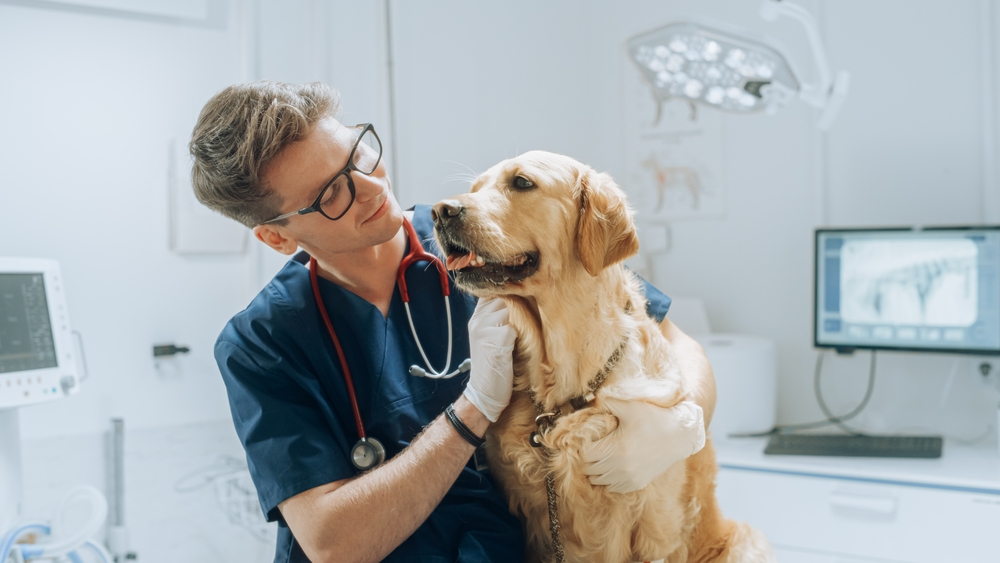
Finding a lump on your dog can be unsettling. Whether it appears suddenly or has slowly grown over time, it’s natural to worry about what it might mean for your pet’s health. While not every lump is a cause for concern, it’s important to understand the different types of growths and when a visit to the vet is necessary.
Common Types of Lumps on Dogs
Dogs can develop a variety of lumps and bumps throughout their lives. Some of the most common types include:
Lipomas: These are soft, fatty tumors often found under the skin. They are usually benign and more common in older dogs.
Sebaceous Cysts: These occur when oil glands become blocked. They may burst on their own or need to be drained.
Warts and Skin Tags: Often harmless, these small skin growths can develop due to age or minor skin irritation.
Abscesses: Usually the result of an infection or injury, abscesses are painful, swollen areas that may be warm to the touch.
Tumors: Some lumps can be malignant, such as mast cell tumors or soft tissue sarcomas. These require prompt evaluation and treatment.
Signs That a Lump Should Be Evaluated by a Vet
While many lumps are harmless, there are several signs that indicate a visit to the vet is the best course of action:
The lump is growing rapidly or changing in shape or color
It feels firm or fixed in place under the skin
The lump causes your dog pain or discomfort when touched
There is discharge, bleeding, or ulceration
Your dog shows other symptoms such as lethargy, loss of appetite, or weight loss
If you’re ever in doubt, it’s better to be cautious. A simple veterinary exam can help determine whether a lump is benign or something more serious.
What to Expect During the Exam
At Dr. Mike’s Affordable Vet Care, we begin by performing a thorough physical examination of your dog to assess the lump and check for any additional concerns. This hands-on approach helps us determine the most appropriate next steps.
Depending on what we find during the exam, we may recommend further diagnostic testing. One common method is a fine needle aspiration, where we take a small sample of cells from the lump to examine under a microscope. This quick and minimally invasive procedure often provides valuable information about the nature of the growth.
In some cases, a biopsy may be necessary. This involves surgically removing a small portion of the lump for a more in-depth analysis. A biopsy can provide a definitive diagnosis and guide treatment decisions, especially if the lump appears suspicious.
We may also use imaging, such as x-rays or ultrasound, particularly when the lump is located deeper beneath the skin or if we suspect internal involvement. These tools help us see what’s happening beneath the surface and evaluate the full extent of the issue. Together, these diagnostic steps allow us to provide an accurate diagnosis and create a tailored treatment plan to support your dog’s health and well-being.
Early Detection Makes a Difference
Catching a problem early can make all the difference in your dog’s treatment options and outcomes. Even if a lump turns out to be harmless, knowing for sure gives you peace of mind and helps you make the best choices for your dog’s care.
Schedule an Exam at Dr. Mike’s Affordable Vet Care Today
Not all lumps are dangerous, but no lump should be ignored. Regular checks at home and routine wellness visits can help you stay on top of your dog’s health.
If you’ve noticed a lump or bump on your dog, schedule an exam at Dr. Mike’s Affordable Vet Care. Visit our office in Arlington, Texas, or call (817) 663-8160 to book an appointment today.









